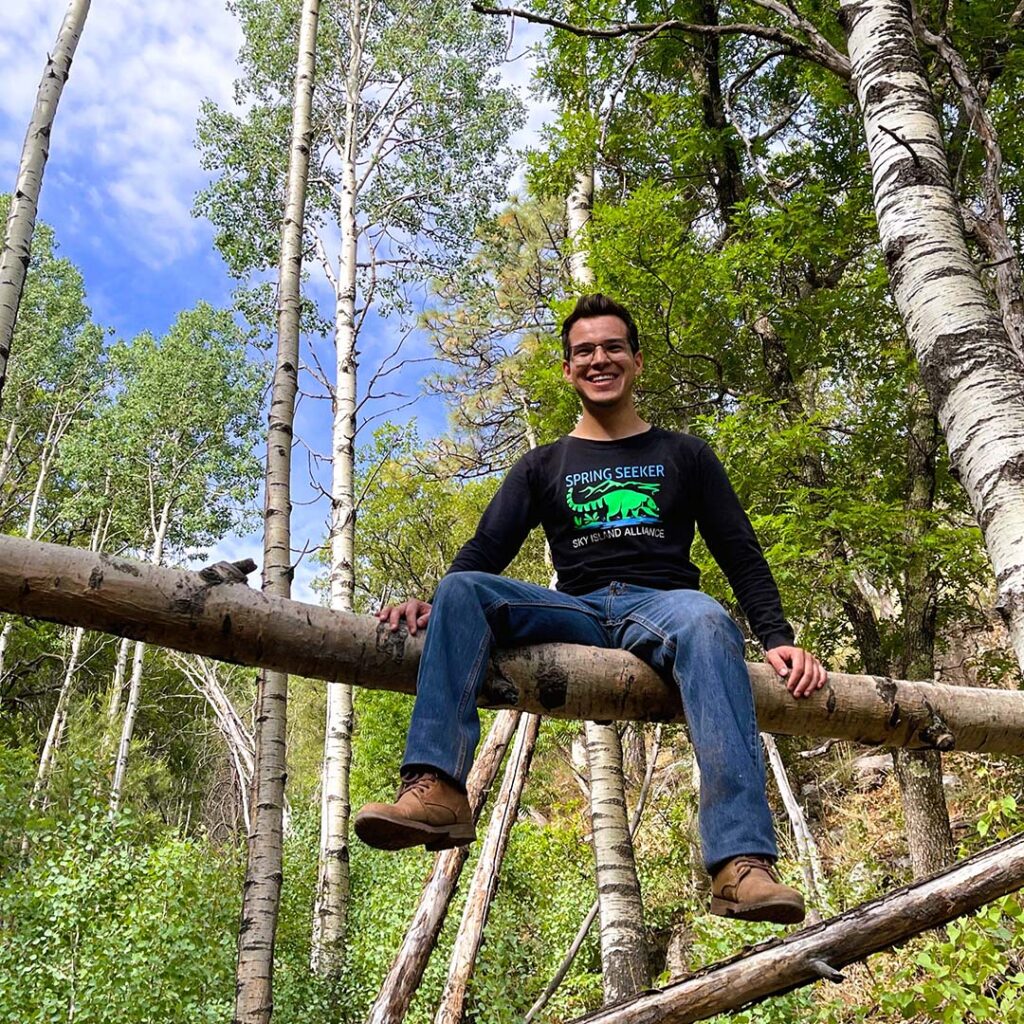Ever since I was a biology student at the Universidad de la Sierra in Moctezuma, Sonora, I began to get involved in activities with Sky Island Alliance. In 2020, I was selected to participate in their summer internship, and it was here where I began to fall in love with Sky Island springs. I decided to continue with SIA and do research focused on these natural oases; the resulting report helped me get my bachelor’s degree. SIA offered me my first job after graduating — first as a fellow, then as a Sonoran springs specialist. That’s how my story with SIA began, and I always knew it would have a special place in my life.
In 2022, I made the difficult decision to leave my job, town, and family to study dance in Mexicali, Baja California — a dream I’d had since I was a child, and I felt it was time to fight for it.
It’s been good so far — a challenge at times with all the traffic and pollution. And that’s why this summer, I was so excited when I had the chance to return to the Sky Islands from the big city and work with SIA once again. During my summer break, I was able to rejoin the team to collaborate on a Spring Seeker project and spring management plan, as was as some activities in Sonora. It allowed me to reconnect with nature and my roots while recharging my energy.
My adventure began with a visit to Sierra Los Ajos, a protected natural area to the east of Cananea. It’s a wonderful place and rich in flora, with panoramic views of other Sky Islands. During the trip, our mission was to evaluate springs, and we had very good results, visiting 34 in all. I was surprised by the number of Tarahumara salamanders (Ambystoma rosaceum) we found in each spring, as there are few places where this species still exists in such abundance. Below are some photo highlights.
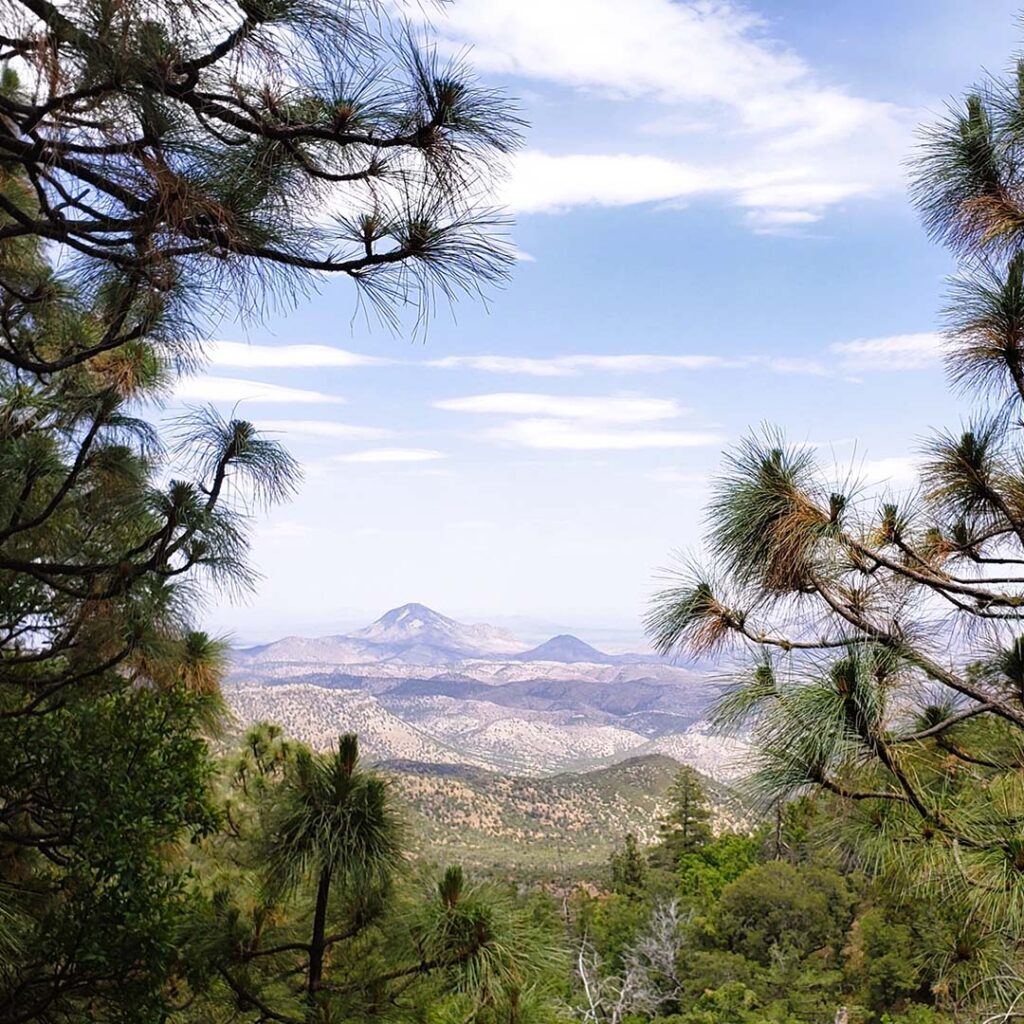

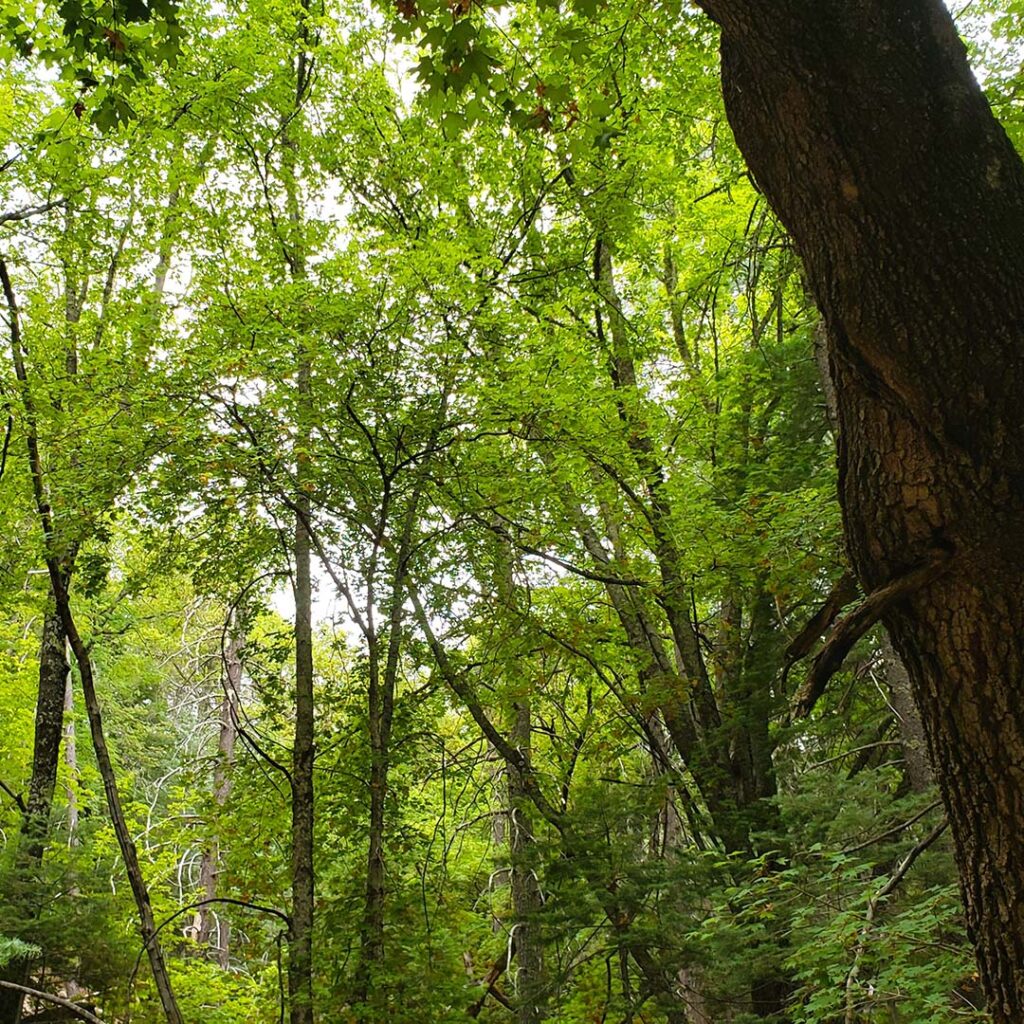

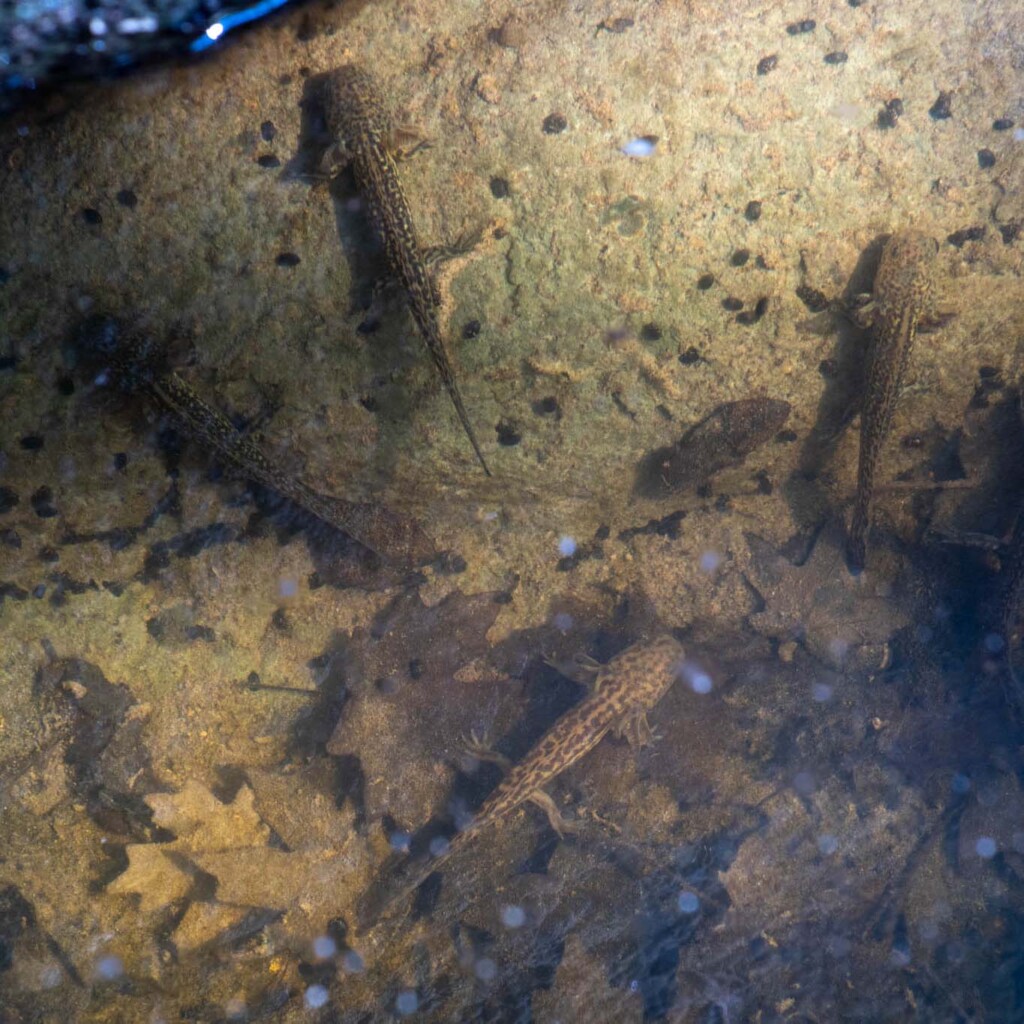
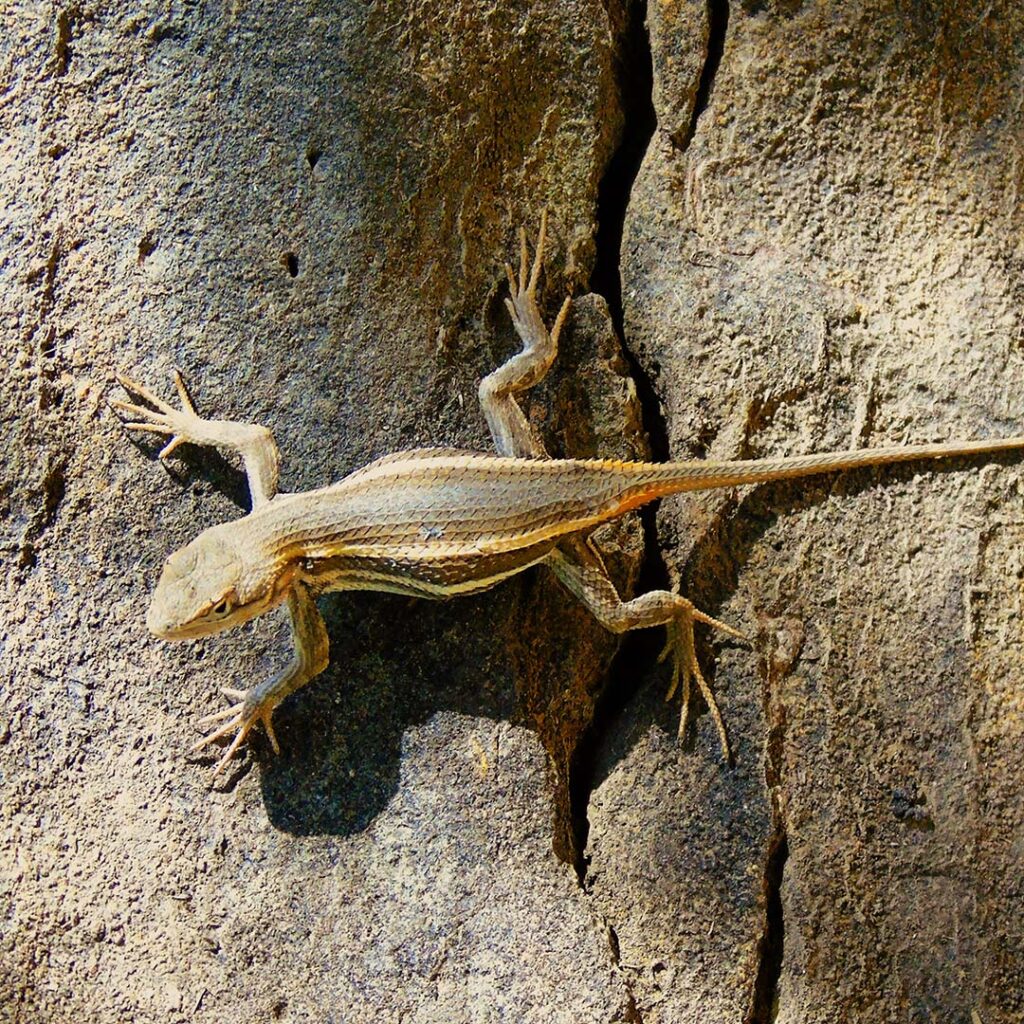
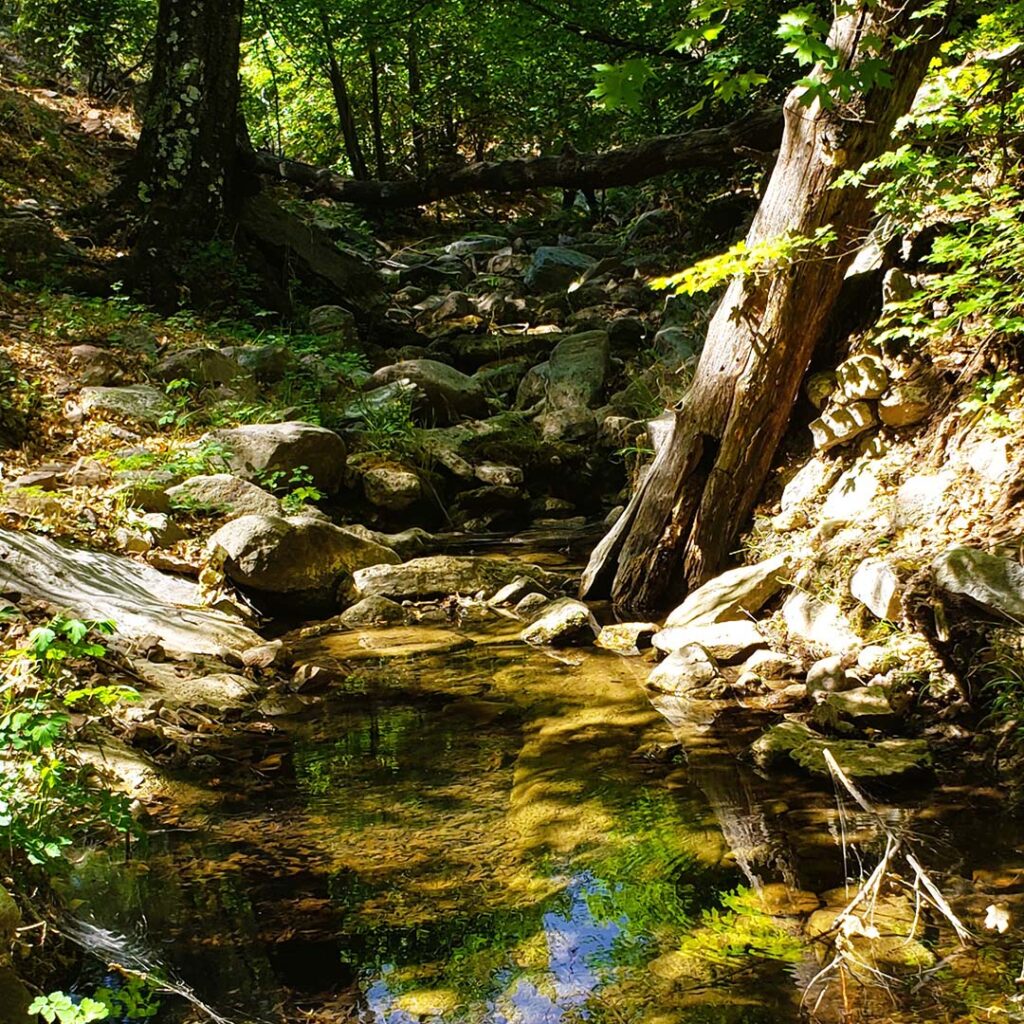
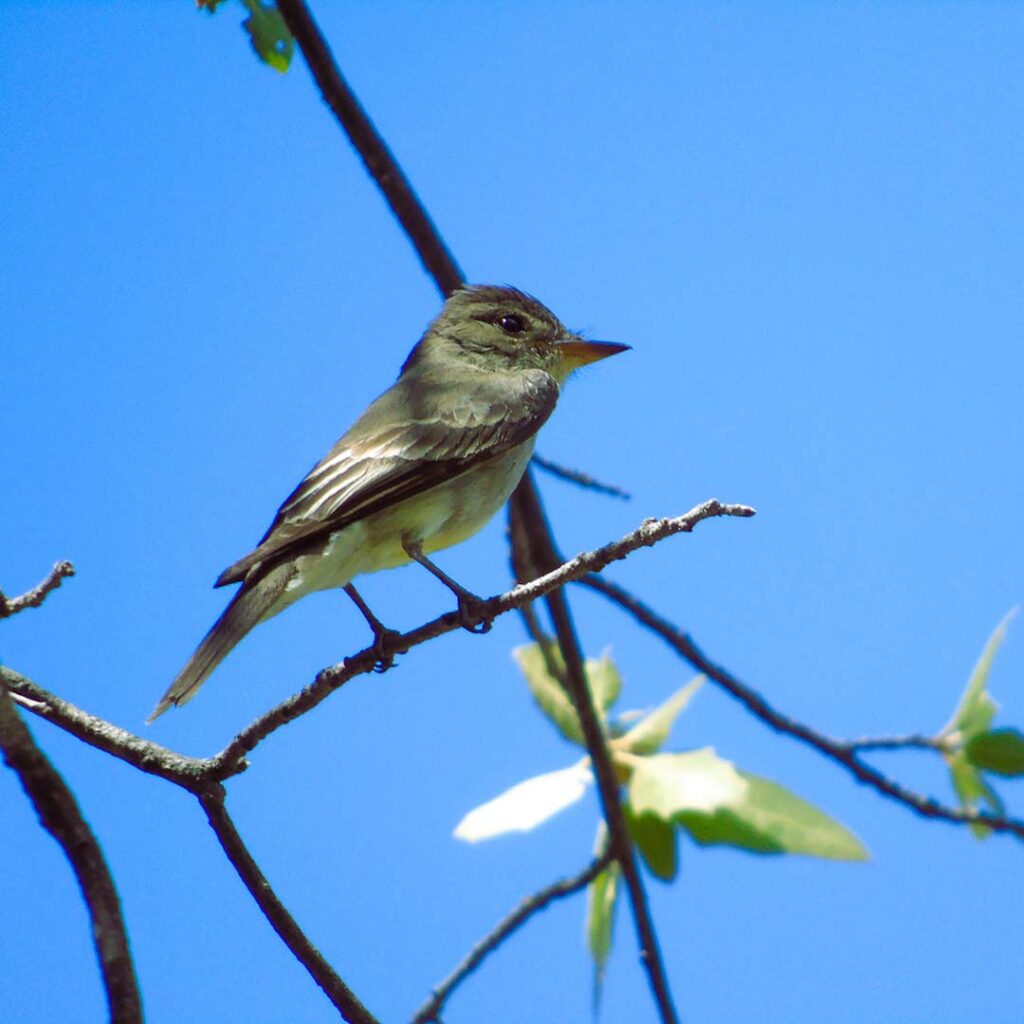
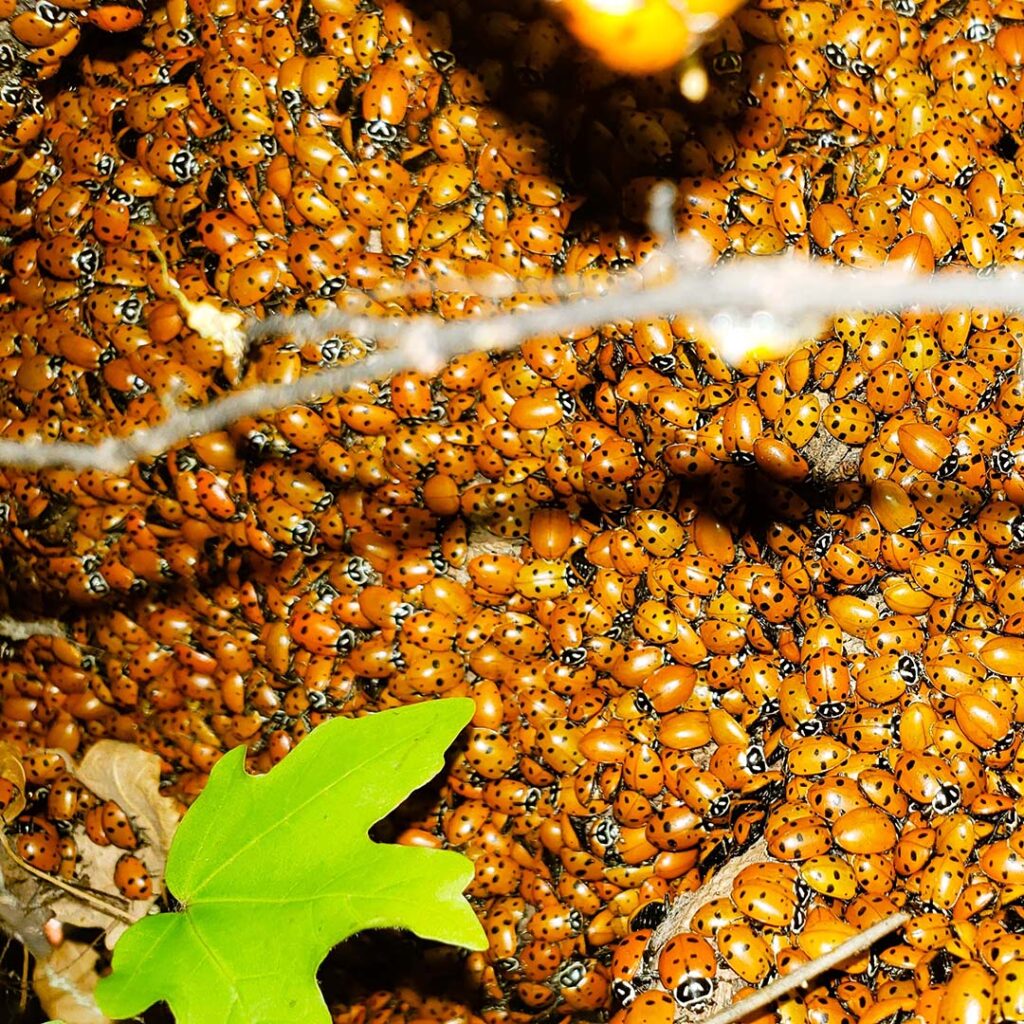
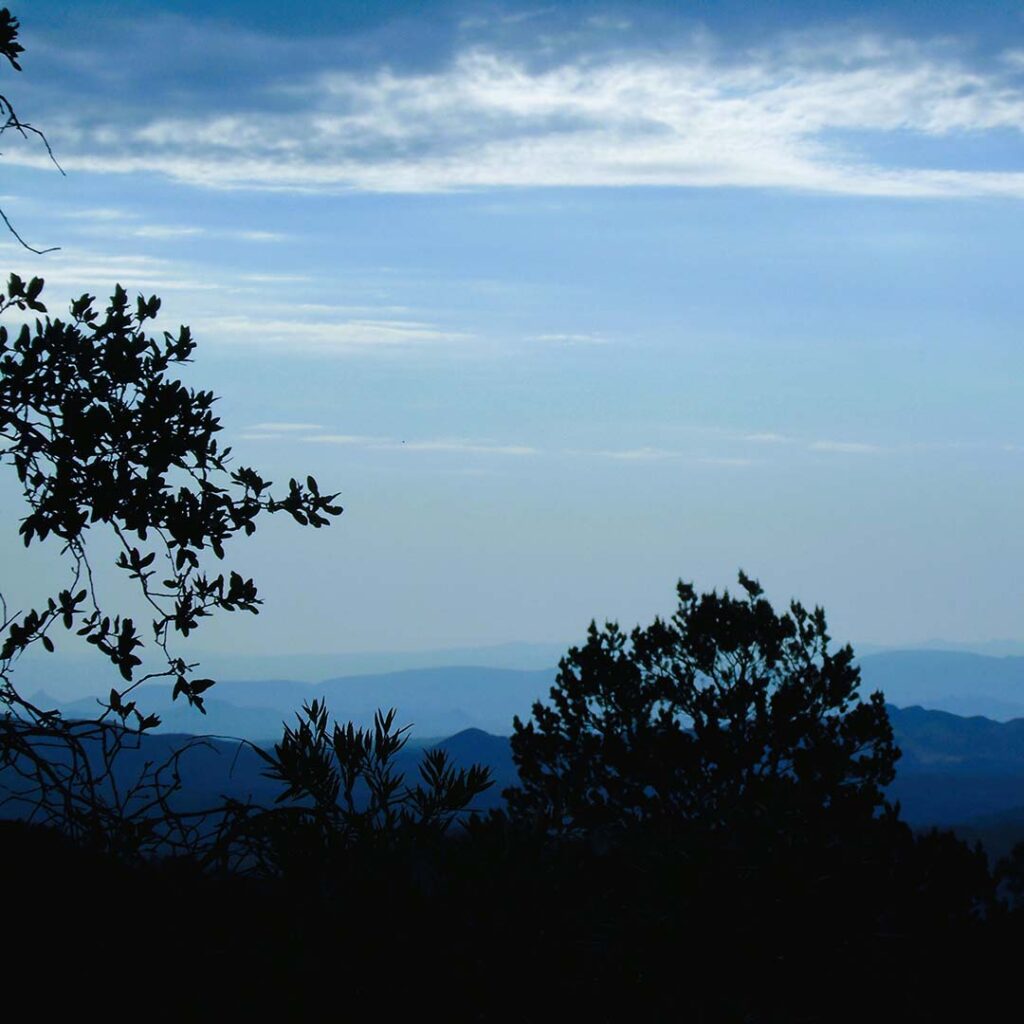
I also had the chance to work with my colleague Zach Palma, placing rock trenches on ranches in Cananea. This was physically demanding but well worth it. These erosion-control structures use basic principles that have been in practice for hundreds of years, and they help reduce soil loss and erosion caused by unsustainable human practices, mainly related to livestock and agriculture, which can cause loss of vegetation cover, preventing water retention in the soil, depleting nutrients, and forming gullies.
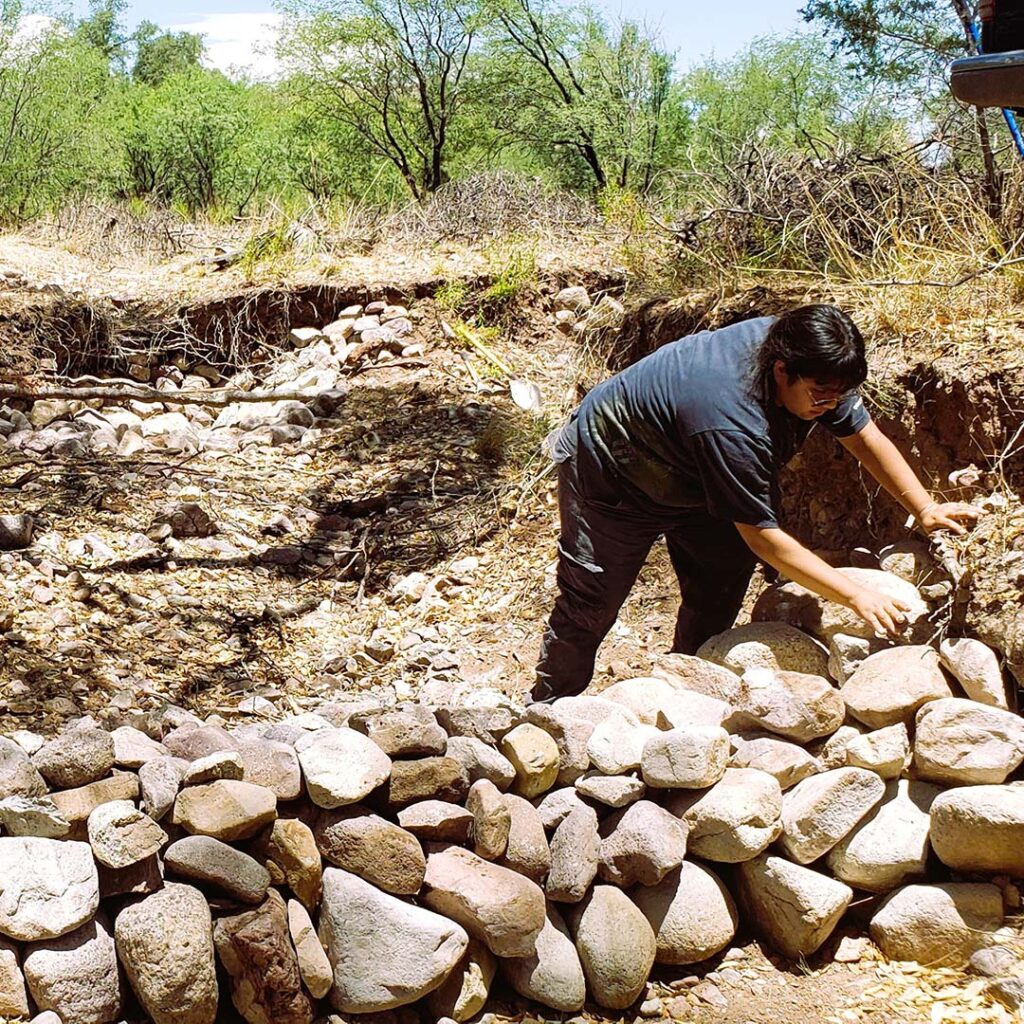
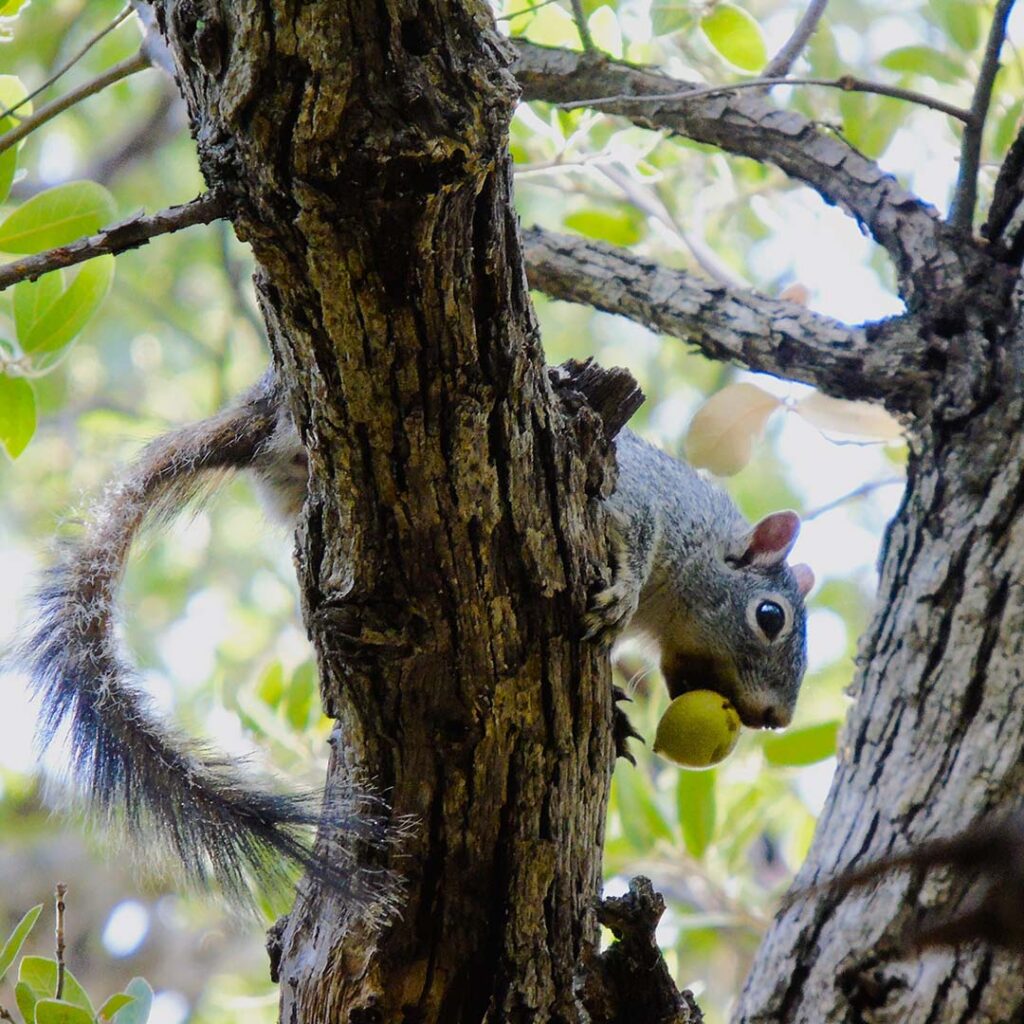

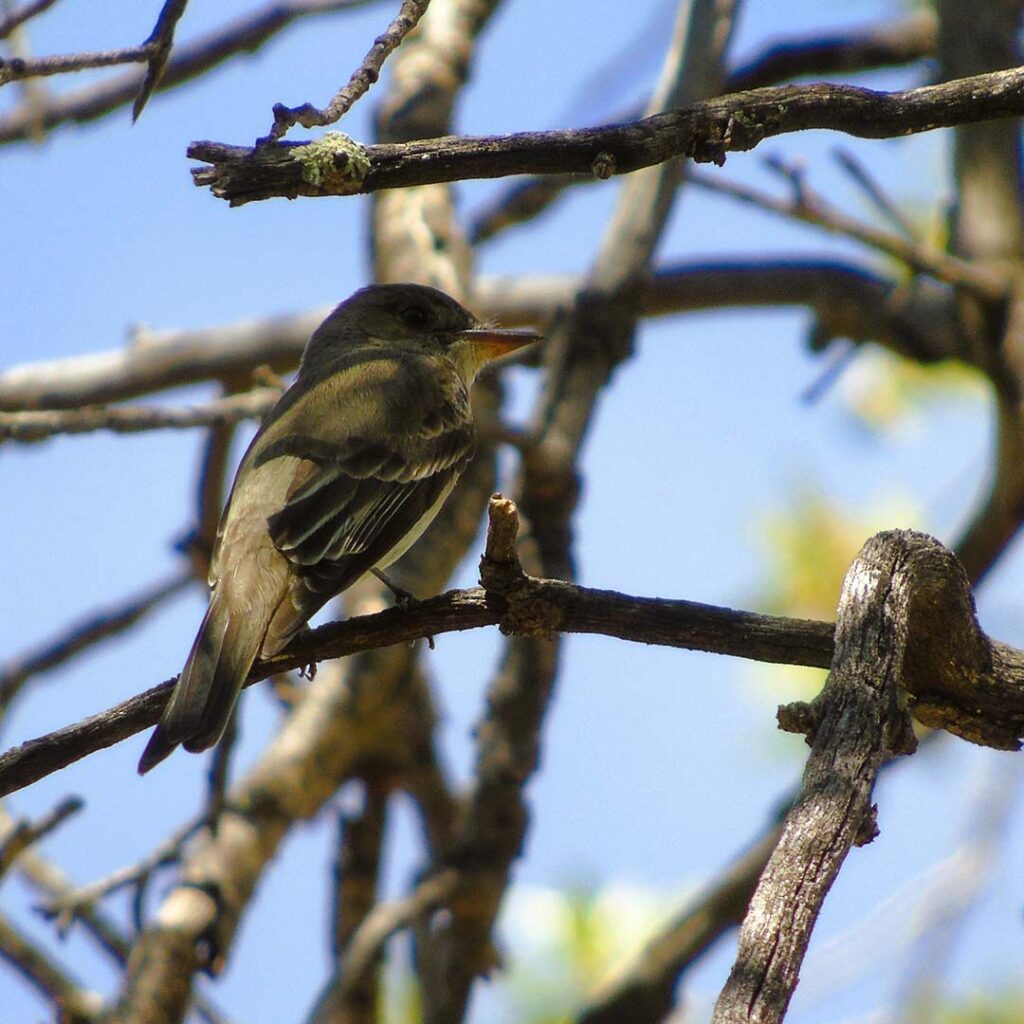

In the last few weeks, I visited Moctezuma in the northeast part of the state. Returning to this place brought back great memories from when I was a biology student at UniSierra, one of the best stages of my life. This time I went with my coworkers to Rancho Nuevo to check cameras for SIA’s FotoFauna project. Although I ended up tired from walking for hours from one camera to the next, I always enjoy exploring these beautiful places and spending time in nature. Plus, we had an unexpected encounter with a Sonoran desert tortoise!
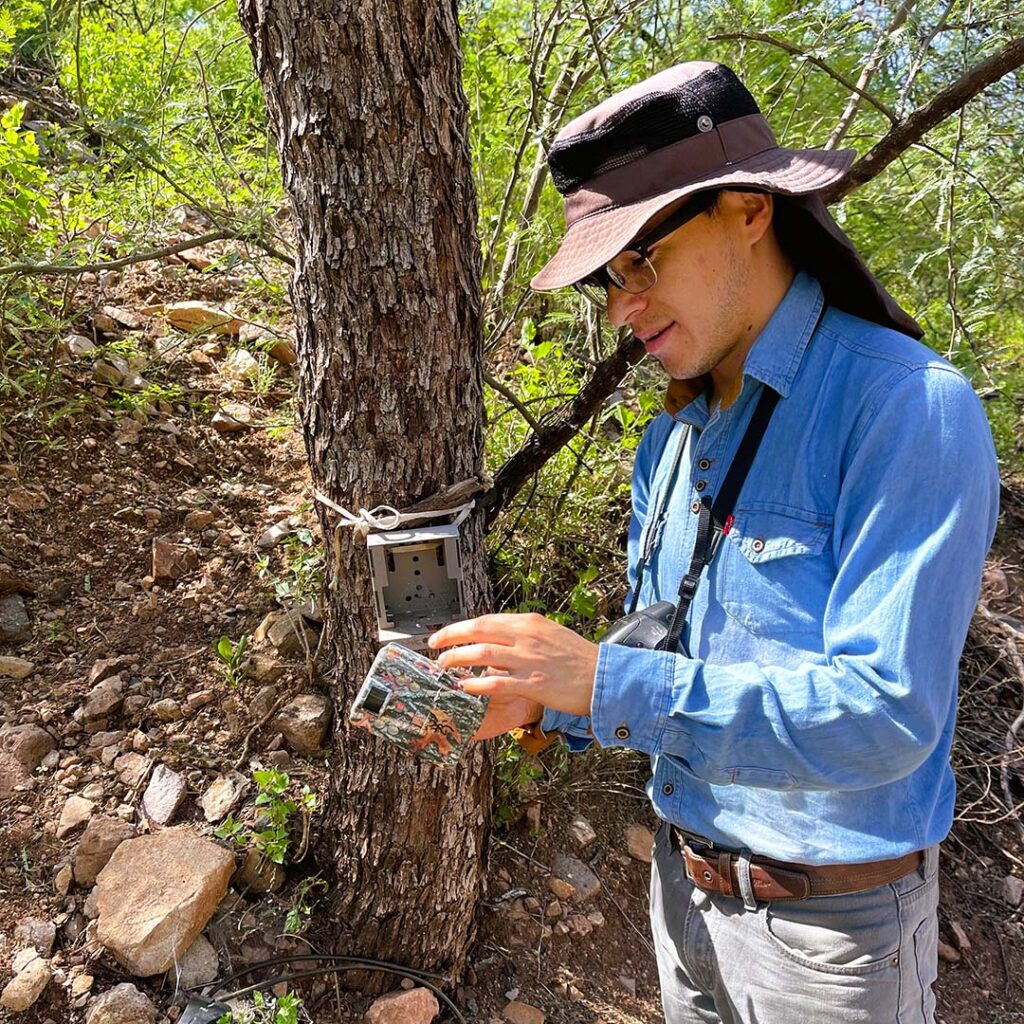

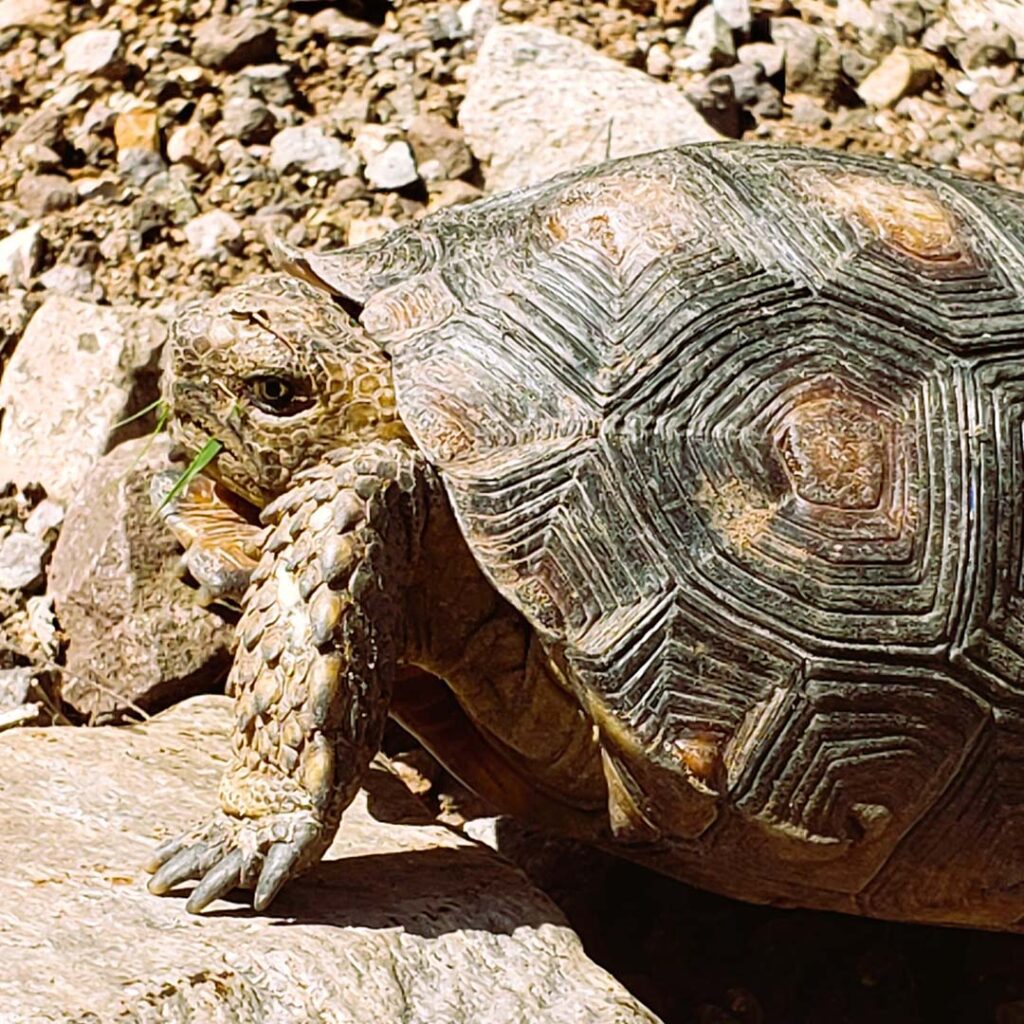
Finally, I visited Rancho Tonibabi, where my main task was to collect precise data on the springs in the area to design a detailed plan for protection and sustainable use of these important natural resources. At the property’s main spring, which is a hot water marsh, I was surprised to find so much vegetation — mainly aquatic plants adapted to high temperatures. As we explored the area and visited its springs, we had some exciting encounters with wildlife that depend on these water sources: We saw Sonoran mud turtles, leopard frogs, a garter snake … and a boa constrictor! This last one in particular gave us an extra adrenaline boost.
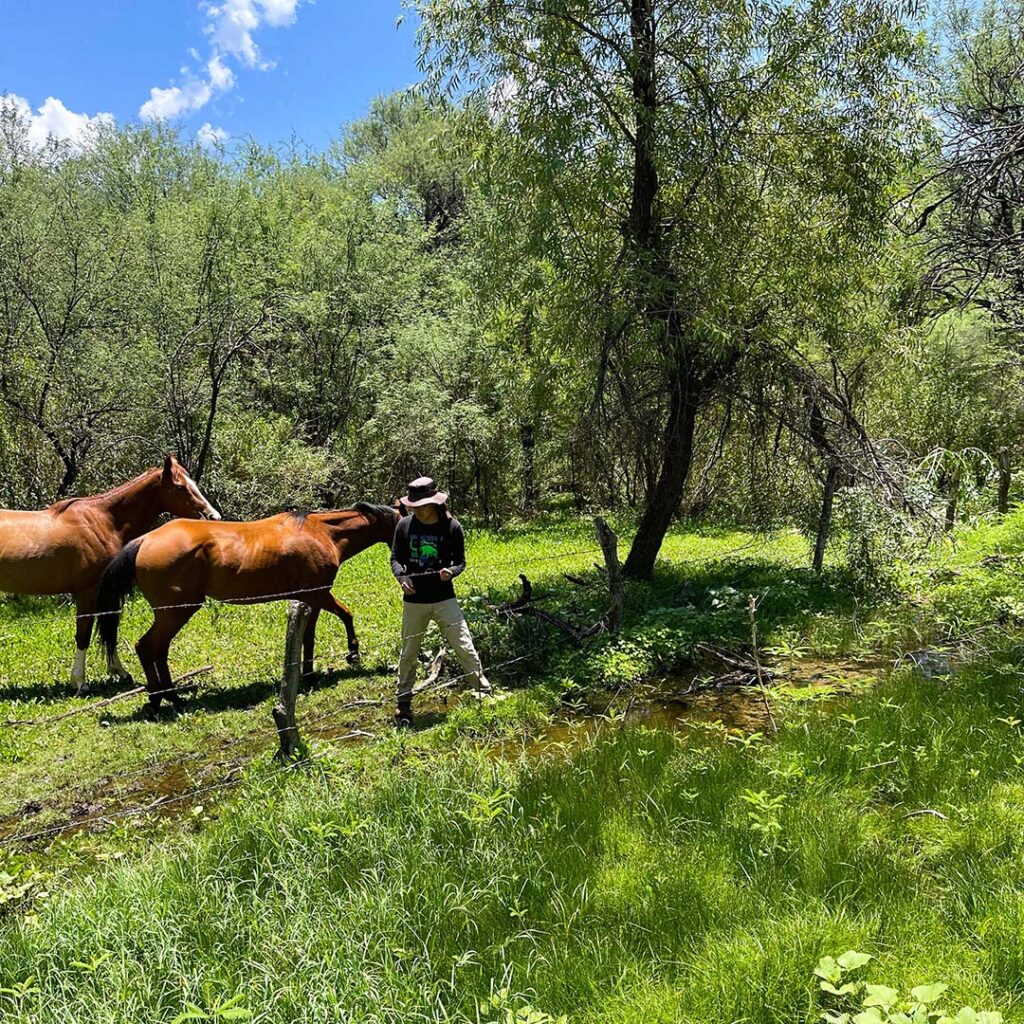

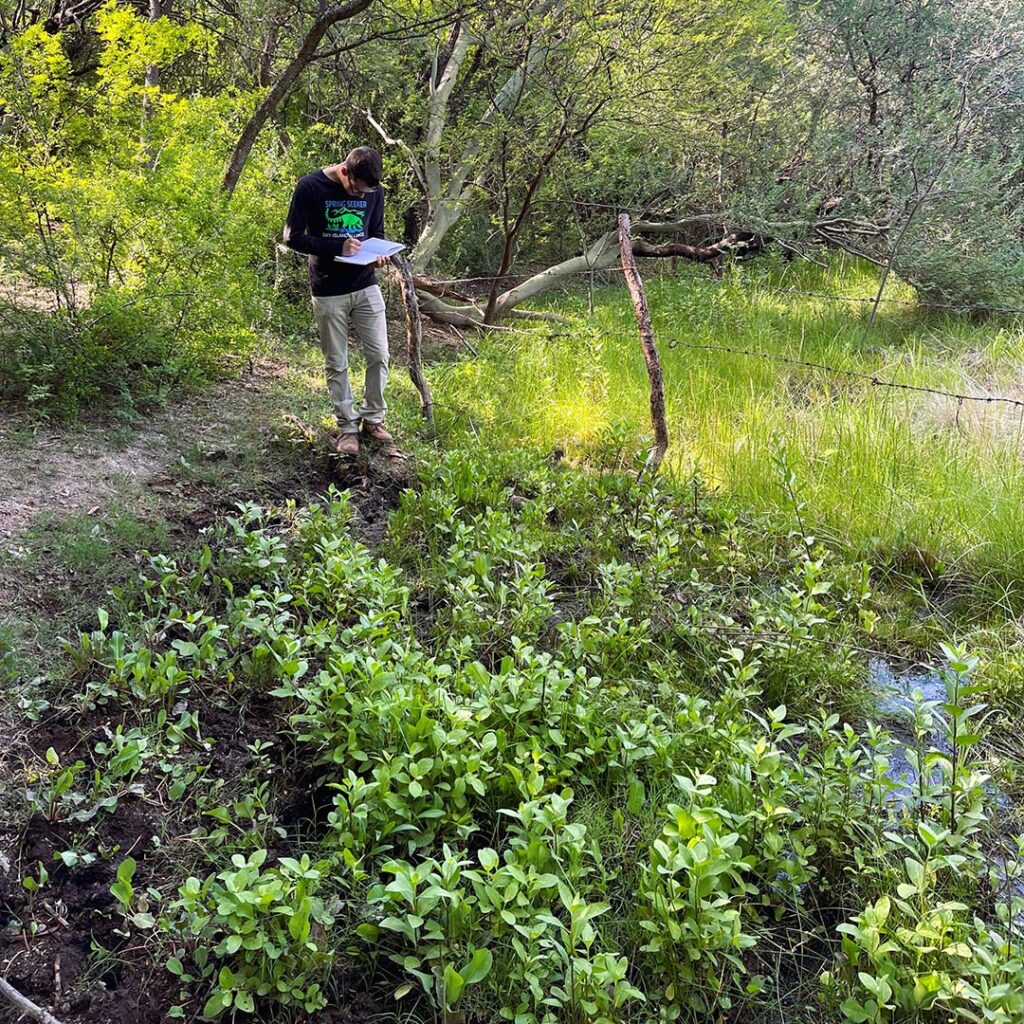
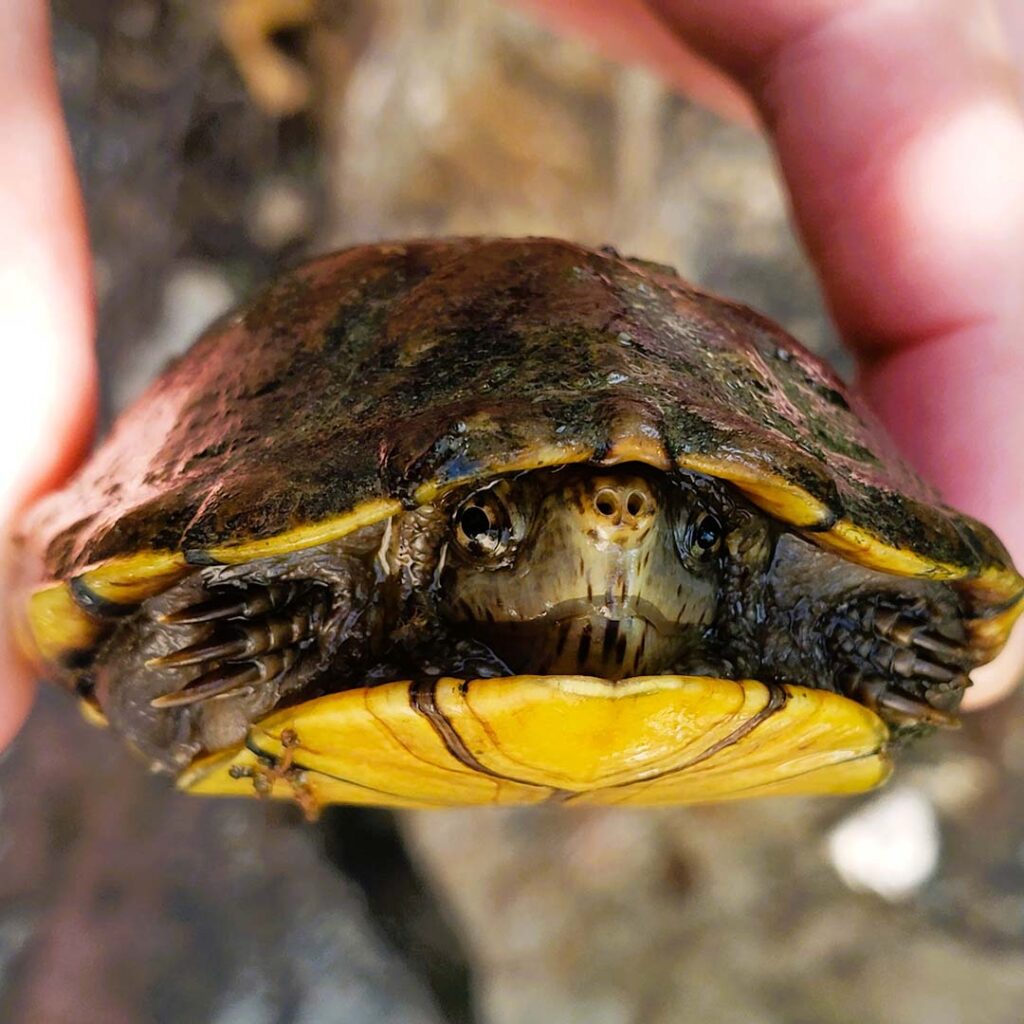
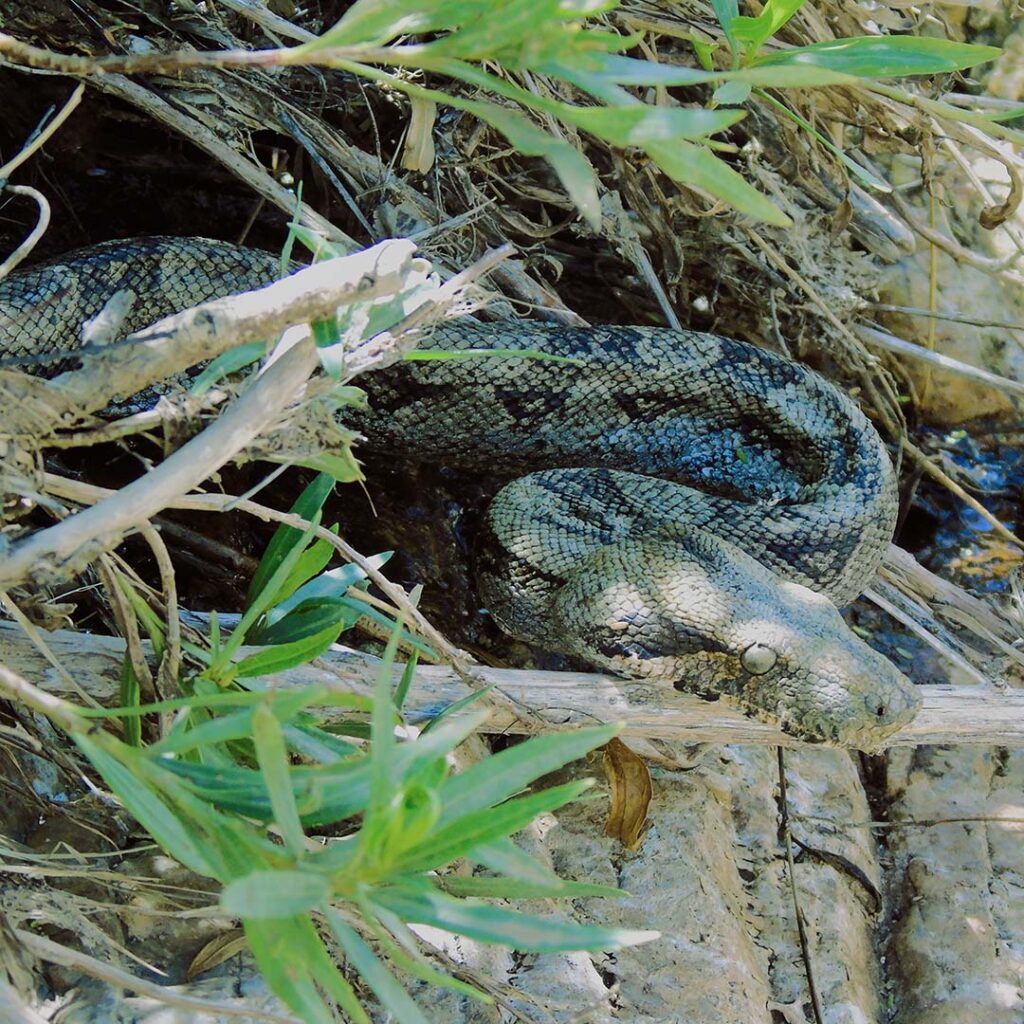
Undoubtedly, I needed to relive these experiences to strengthen my appreciation and connection with the land. Now, I return to Mexicali, motivated to continue studying dance and creating art that helps others connect with nature too.
Ángel Garcia has worked with Sky Island Alliance over the years in various positions related to springs conservation in Sonora. He is currently studying folkloric dance in Mexicali.

